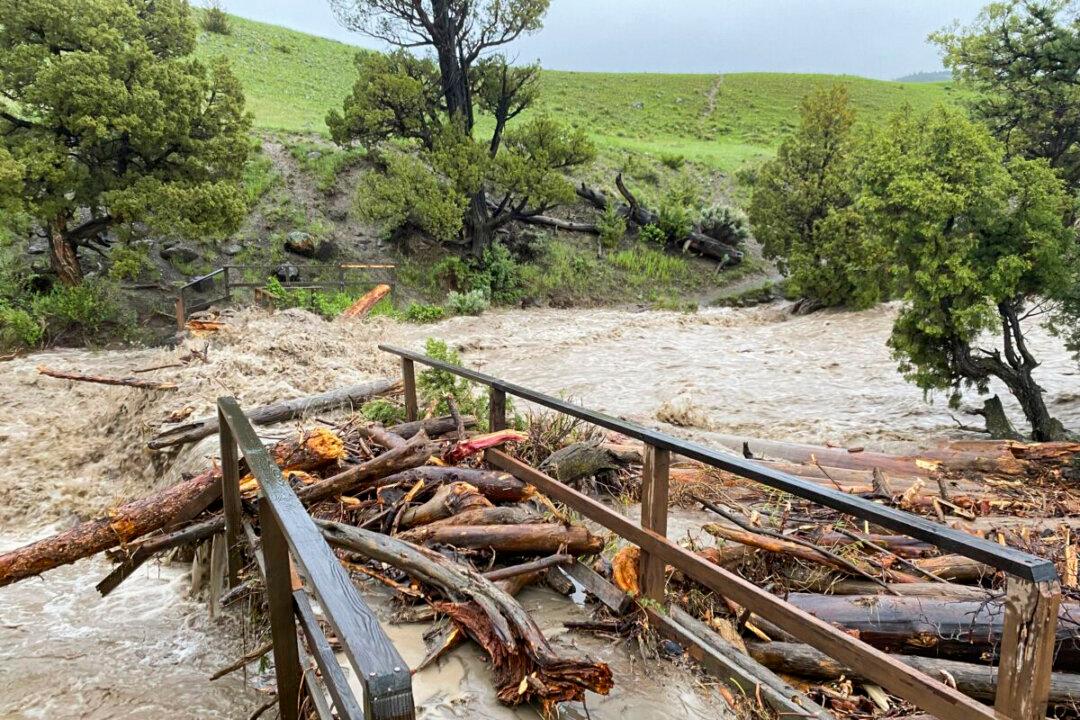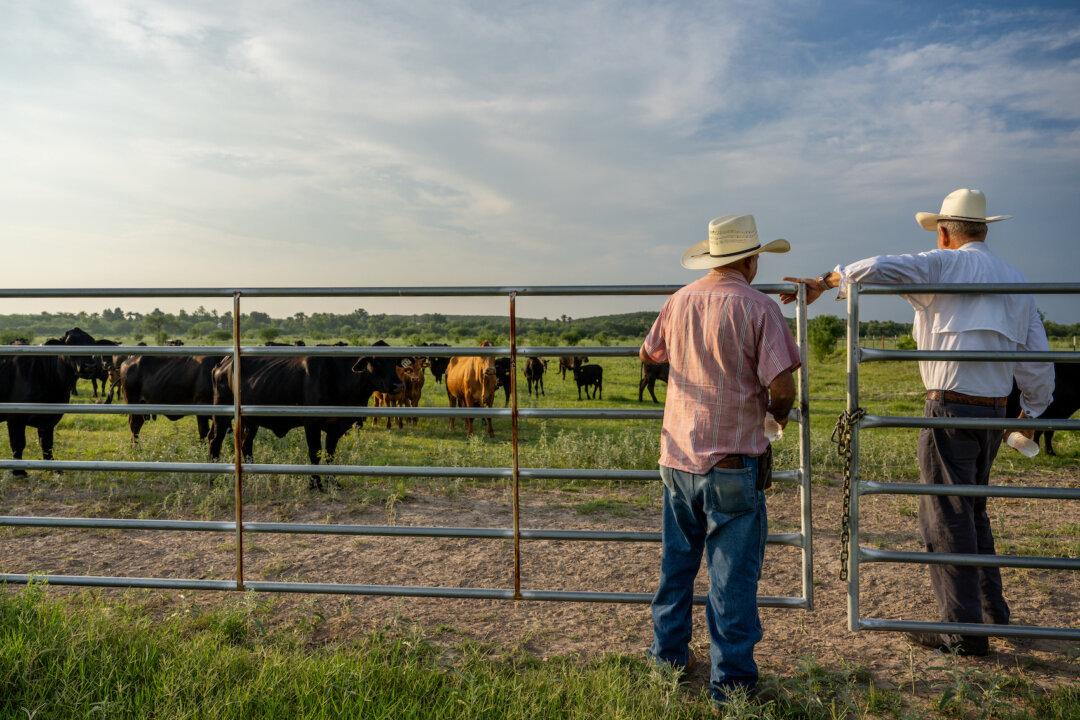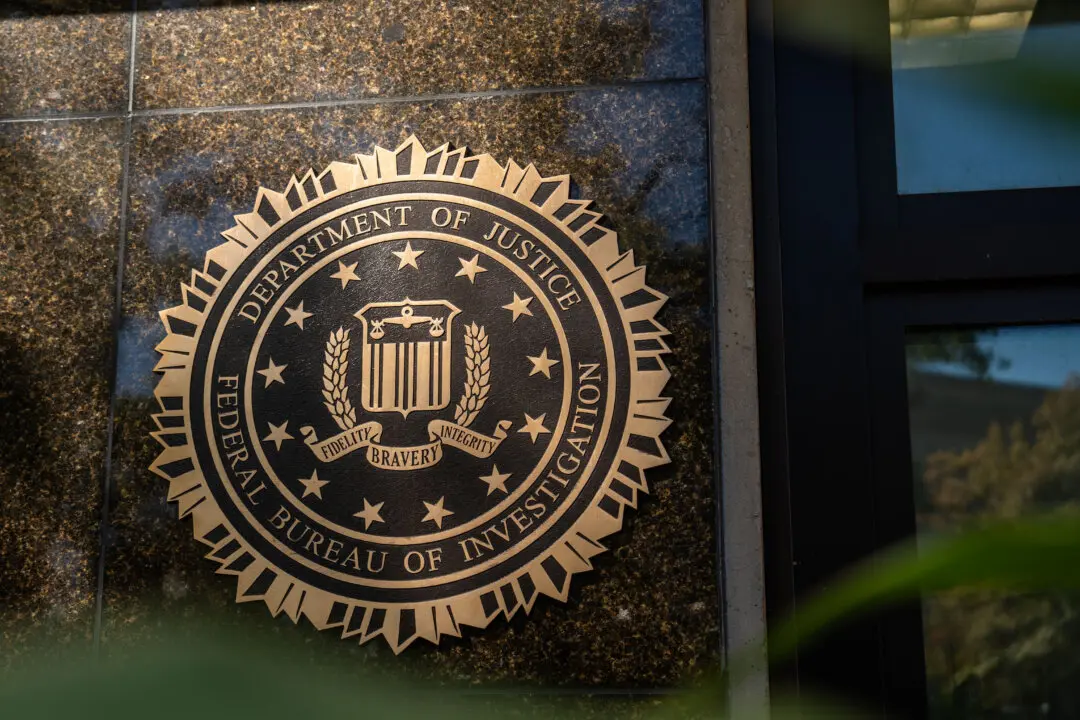Yellowstone officials claim a “thousand-year event” of extreme flooding as more than 10,000 visitors were ordered out of the nation’s oldest national park. The dramatic turn of natural events may forever alter Yellowstone’s terrain, along with that of surrounding communities.
Above-average rainfall, combined with sudden temperature spikes and a rapid melting of snow in the park’s higher elevations, caused the floods this week.





